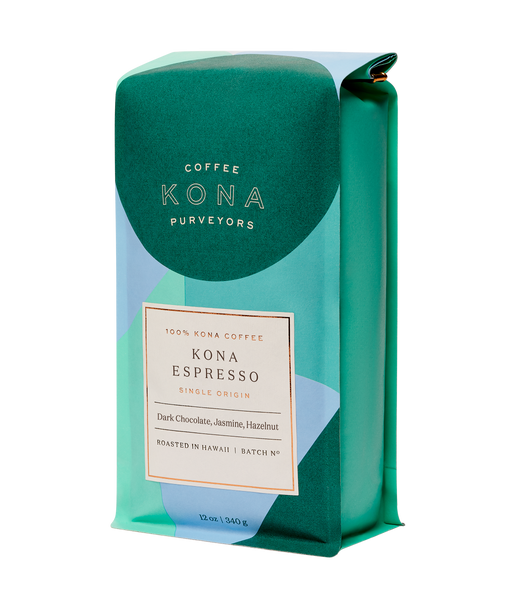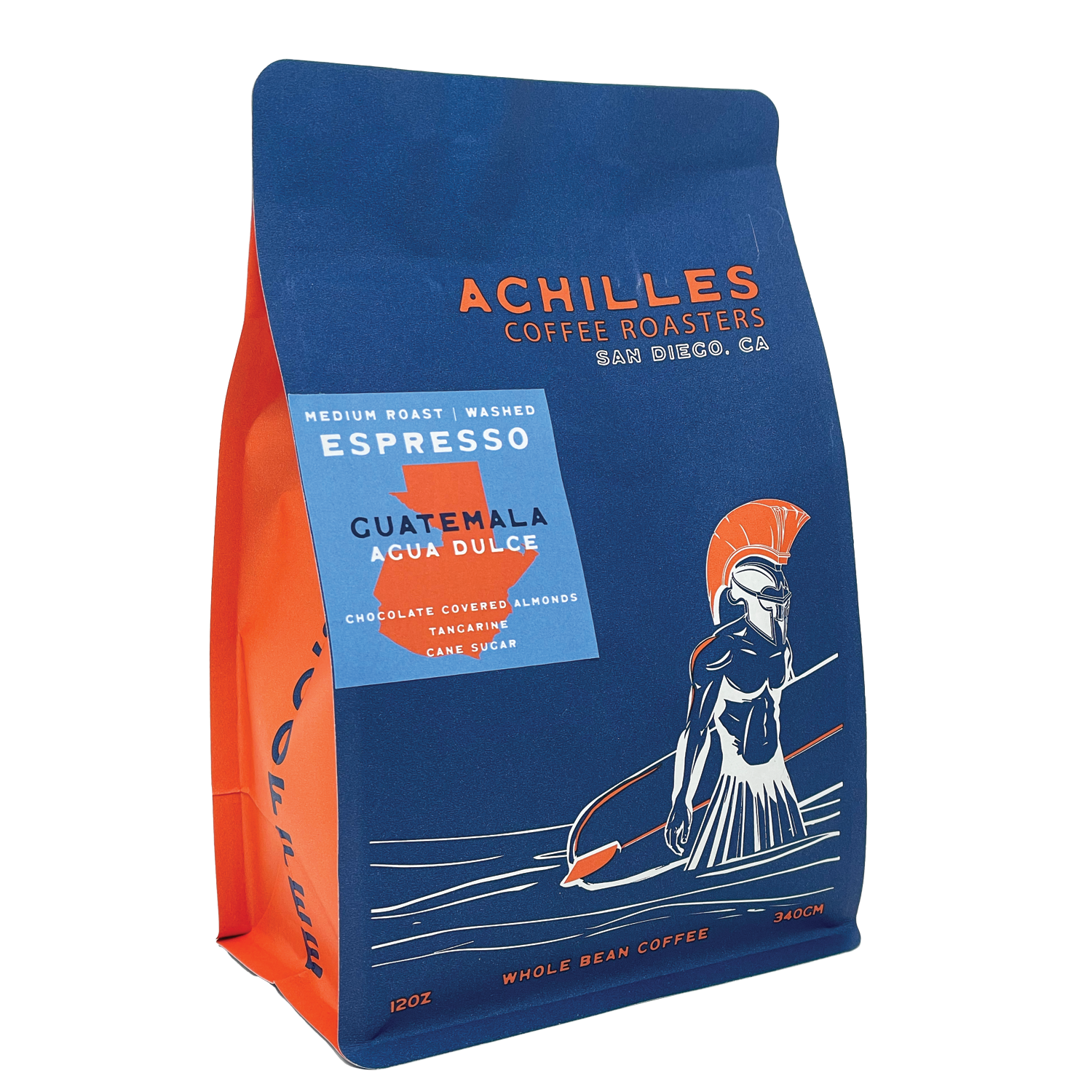SOE Single Origin Espresso – Highlighting Flavors from One Region
SOE Single Origin Espresso – Highlighting Flavors from One Region
Blog Article
Coffee Beans 101: Every Little Thing You Required to Learn About Espresso and Blended Coffee Beans
When it comes to coffee, understanding the nuances of espresso and combined beans can transform your daily cup. From the growing procedure to roasting techniques, every step plays a role in your coffee experience.
Comprehending Coffee Beans: Selections and types
When diving into the world of coffee, comprehending the types and ranges of coffee beans is crucial for every fanatic. Arabica beans are recognized for their smooth, complex flavors and lower high levels of caffeine web content, making them a preferred amongst coffee aficionados.
Within these species, you'll find various regional varieties, each bringing unique characteristics. As an example, Ethiopian Yirgacheffe uses intense flower notes, while Colombian beans supply a well-balanced flavor profile. As you discover, keep in mind to focus on processing methods like cleaned or all-natural, as they can substantially affect the final taste. By familiarizing yourself with these beans and their flavors, you'll elevate your coffee experience and make more informed options in your developing trip.
The Growing Refine: From Seed to Bean
When you explore the journey of coffee, everything begins with seed selection methods that set the foundation for quality. From there, cultivation and harvesting play important roles in making certain the beans prosper. Handling methods change those collected cherries into the coffee beans you love.
Seed Selection Strategies
Picking the ideal seeds is crucial for generating top quality coffee beans, as it lays the foundation for the whole growing process. You need to begin by picking seeds from reliable resources that focus on quality and hereditary variety. Search for selections known to prosper in your specific environment and dirt conditions. Pay interest to the seed's age and storage conditions, as fresh seeds often tend to germinate better. When feasible, select natural seeds to decrease direct exposure to dangerous chemicals. Consider the illness resistance of various varieties, as this can greatly influence your yield. Lastly, don't think twice to speak with neighborhood farmers or experts to acquire understandings right into the most effective seed options for your region. This expertise will improve your coffee-growing experience.
Cultivation and Harvesting
As you support your coffee seeds into flourishing plants, understanding the growing and harvesting procedure is crucial for accomplishing the ideal taste and quality. Start by growing your seeds in well-draining soil, ideally in a shaded location to shield them from direct sunshine. As your plants grow, maintain constant wetness, and be conscious of their need for nutrients. Trim on a regular basis to advertise air movement and healthy and balanced growth.
When it comes time to harvest, seek ripe cherries, which generally turn a vivid red. Hand-picking is often the ideal method to guarantee only the ripest cherries are chosen. Timing is crucial; gathering prematurely or far too late can impact the taste profile of your beans. Embrace perseverance and care, as this is where top quality begins.

Processing Techniques Clarified
When you've collected your coffee cherries, the following important action is processing them to transform those dynamic fruits right into the beans you'll make. In the completely dry procedure, you spread the cherries out in the sun to completely dry, enabling the fruit to ferment and present distinct flavors to the beans. Understanding these approaches is vital to appreciating your coffee experience.
Toasting Strategies: How Flavor Is Developed
When it concerns toasting coffee beans, comprehending roast degrees is vital to exposing their special flavors. Each roasting strategy effects the scent and improves the flavor advancement procedure, providing you a richer coffee experience. Allow's discover exactly how these aspects come together to boost your everyday brew.
Roast Degrees Discussed
Roast levels play a necessary function in shaping the flavor profile of your coffee. By understanding these degrees, you can better select a coffee that matches your preference choices. Experiment with various roasts to discover which one reverberates with you, boosting your general coffee experience and satisfaction.
Effect On Fragrance
The roast degree not only affects the taste of your coffee yet likewise significantly impacts its fragrance. When you choose a light roast, you'll commonly discover intense, floral notes that can make your coffee scent fresh and vibrant. As the beans dim, the fragrance shifts; a medium roast highlights a lot more well balanced, caramelized fragrances, while a dark roast often tends to feature bold, great smoky undertones. Each roasting strategy releases different unstable substances, shaping how your coffee smells. Additionally, the quality of the beans plays a crucial function; newly roasted coffee releases extra fragrant oils, improving that luring scent. Pay attention to the roast degree-- it's key to revealing the complete fragrant experience of your mixture.
Flavor Advancement Process
As you check out the taste growth procedure, you'll uncover that toasting techniques play a critical role in forming the taste account of your coffee. The roasting temperature and time straight affect the level of acidity, sweetness, and resentment of the beans. Light roasts preserve more of the bean's original tastes, highlighting fruity and flower notes. Tool roasts balance acidity and body, providing an all-round taste. Dark roasts, on the other hand, draw out bold, great smoky attributes while decreasing the bean's fundamental qualities. Throughout toasting, chemical responses, like the Maillard reaction and caramelization, transform the beans and enhance their intricacy. Trying out with different roasting levels can assist you discover your excellent brew, so do not think twice to taste and uncover the rich range of tastes!
Coffee vs. Blended Coffee: Trick Distinctions
Coffee and combined coffee each deal special experiences that satisfy different preferences and choices. Espresso is a concentrated coffee made forcibly warm water via finely-ground coffee beans, leading to a rich, bold taste over here and a velvety layer of crema ahead. It's often enjoyed as a shot or utilized as a base for drinks like cappucinos and coffees.
On the various other hand, blended coffee integrates various beans from different regions, producing an extra balanced flavor profile. You'll typically locate blends that highlight body, sweetness, or level of acidity, making them flexible for various developing techniques. While espresso concentrates on intensity, blended coffee may offer a broader array of tastes that can change with each sip.
Inevitably, your selection in between espresso and combined coffee boils down to your personal choice. Whether you hunger for a leisurely cup or a quick jolt, both options have something delicious to use.

Developing Techniques: Opening the Perfect Cup
When it concerns developing coffee, discovering the right method can change your experience and elevate your mug. Each brewing strategy has its special appeal and can considerably affect your coffee's flavor and fragrance. As an example, using a French press permits you to enjoy a abundant and robust brew, while a pour-over method supplies a clean, bright mug with unique tastes.
If you favor coffee, buying a top quality device can aid you grasp the art of pulling shots. For comfort, a single-serve skin system provides speed without compromising preference.
Do not neglect regarding cold mixture, which provides a smooth, less acidic coffee suitable for hot days. Experiment with different methods to find what resonates with your taste buds.
Sampling Notes: Recognizing Taste Profiles
Just how can you absolutely value your coffee if you do not know what flavors to seek? Sampling notes are your overview to comprehending the complicated world of coffee. When you drink, take notice of the preliminary tastes that strike your taste buds. You might identify fruity notes, like berry or citrus, or perhaps a nutty touch. As you proceed to taste, notice how the flavors progress-- this is called the "surface." Some coffees may leave a chocolatey or caramel aftertaste, while others might have a brilliant, clean coating.
Consider the body of the coffee, too; is it light and airy or thick and syrupy? Do not fail to remember acidity; an intense acidity can include spiritedness, while a low level of acidity might offer a smoother experience. By determining these flavor profiles, you'll grow your connection with each mug, making coffee tasting a delightful trip of exploration.

Tips for Selecting and Keeping Coffee Beans
Selecting and saving coffee beans properly can significantly boost your developing experience. Begin by picking high-quality beans that fit your preference - SOE.
Once you have your beans, keep them in a closed container to avoid direct exposure to moisture, air, and light. A dark, great area works best, so prevent keeping them in the fridge or freezer, as this can present dampness. Only grind the amount you need to keep quality; whole beans keep flavor longer than pre-ground coffee.
Finally, try to use your beans within 2 to 4 weeks after opening up for peak preference. Adhering to these tips will guarantee your coffee stays delightful and flavorful, elevating your everyday mixture to new elevations.
Often Asked Inquiries
How Lengthy Do Coffee Beans Keep Fresh After Toasting?
Coffee beans remain fresh for regarding two weeks after toasting - SOE. You need to save them in an impermeable container, far from light and wetness. After that, their flavor and fragrance start to reduce considerably

Can I Mix Different Coffee Bean Varieties?
Absolutely, you can blend different coffee bean selections! Explore blends can improve flavors and develop a special taste account. Simply see to it to balance the staminas and attributes of each selection for the best outcomes.
What Is the Perfect Grind Dimension for Coffee?
For coffee, you'll want a great work dimension, about the texture of table salt. This allows ideal removal, read the full info here resulting in an abundant, tasty shot. Experiment a bit to locate what suits your preference best!
How Does Elevation Affect Coffee Bean Flavor?
Altitude influences coffee bean taste by influencing the development price and chemical structure. Higher elevations lead to slower maturation, which boosts acidity and complexity, offering your coffee a distinct and dynamic taste you won't fail to remember.
Are There Decaffeinated Variations of Coffee Beans?
Yes, there are decaffeinated versions of espresso beans. You can delight in an abundant coffee flavor without the caffeine official source kick. Just seek "decaf" blends at your neighborhood cafe or specialty shop.
Coffee Beans 101: Everything You Need to Know Concerning Espresso and Blended Coffee Beans.
When diving into the globe of coffee, understanding the types and selections of coffee beans is necessary for every enthusiast.When it comes to toasting coffee beans, understanding roast degrees is essential to disclosing their unique tastes. Espresso is a concentrated coffee made by compeling warm water through finely-ground coffee beans, resulting in a rich, strong taste and a luscious layer of crema on top.On the various other hand, blended coffee combines various beans from different regions, creating a more balanced flavor profile.
Report this page